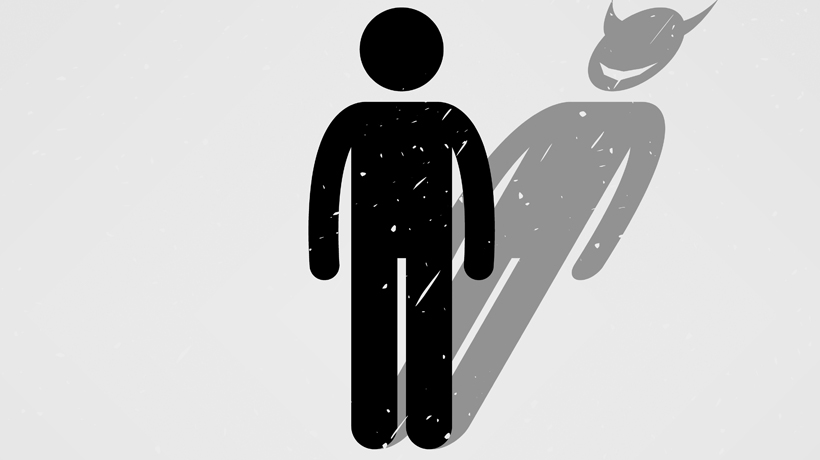Savvy women are able to tell when they are not being dealt with authentically and honestly. How can you learn to see the signals that tell you others may not be truthful? Here are 5 tips:
1. Look at the face: You can see the signs their brain is working too hard if you notice blushing when feeling anxious, flared nostrils, lip nibbling, deep breathing, or rapid blinking. Often the person will hide fear, anger, and disgust by smiling. When it seems false, this is a sign. True smiles involve both the lips and the eyes.
2. Check out the body language: See if the face doesn’t seem in sync with the body, the voice, and speech. The person’s posture may be slightly turned away with arms crossed and hands clasped in an attempt to become a bit smaller. Also, the person may be touching his face a lot.
3. Notice the rate of speech: Notice the breathing pattern; either speeding up or slowing down. This is a sign of nervousness or anxiety.
4. Is the person avoiding eye contact? Check to see if the person is looking down or away when speaking. It may be an unconscious way to avoid your gaze.
5. What are they saying? Most liars will avoid the use of words such as “but,” “nor,” “except,” and “whereas” because they have trouble with complex thought. They will use less “I,” “me,” and “mine,” to distance themselves psychologically from their lie. They often omit critical information.
Deal with it gracefully. Never accuse someone of lying outright. This will ruin rapport and potentially the relationship – personal or professional. Try using non-accusatory language, which helps build dialogue so the other person lets his guard down. Use neutral statements such as, “I think you’re not comfortable telling me the whole truth.” Consider a question such as “Have I made you feel uncomfortable so you don’t want to tell me everything?”
Lastly, employ the power of suggestion. Try telling him he is truthful and honest. Once he realizes you called him truthful and honest, he may think, “Hey, I guess I have to be truthful and honest.”
The points in this article are in part, the opinions of the writer.



